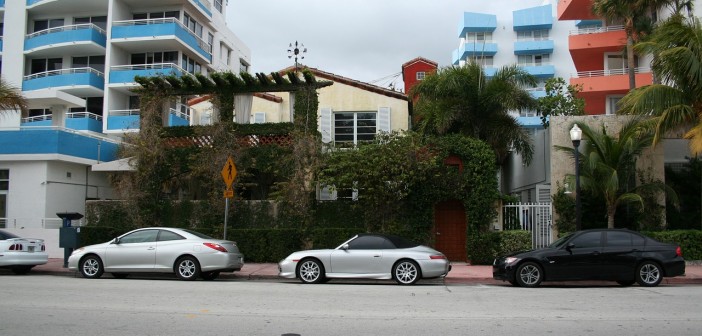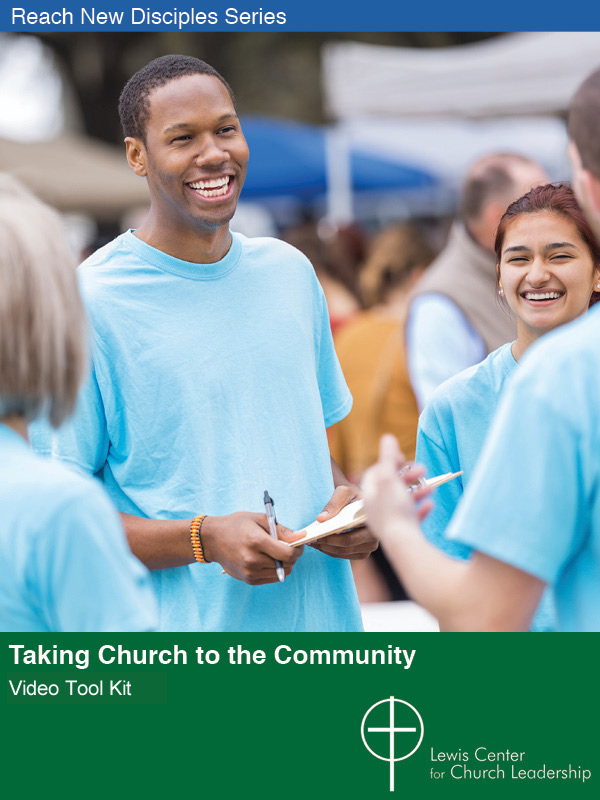Are there times when it feels as if your church resides on a different planet than it once did? The street signs are the same. The trees have been there for ages. The sun rises in the morning and the moon at night. But, somehow, everything else feels unfamiliar. Our communities can feel like different planets because of shifts in household trends and the racial or ethnic makeup of residents, or the closure of some businesses and the addition of others.
Our ministries have long centered on the people who are already members of the church. But when our context has changed so dramatically, we must ask a new set of questions about whom we serve and how we serve them.
A phenomenon has swept across Downtown Miami not unlike what has happened in other cities around the nation. A once commercial hub, plagued by “city problems,” this downtown community is now home to many “downtowners” who live in the many high rise condominiums built over the last 20 years. Even in a bad economy, the condos continue to fill up with newcomers, all contributing to the look and feel of a new planet.
Our church, First United Methodist Church of Miami, dates to a time when there were few true residents of downtown. People attended downtown churches not because they were neighborhood churches but because they afforded opportunities and offered ministries not found in other settings. Remnants of that other planet still exist, but most of the landscape around our church is very different from those early years.
A recent series of articles in the Biscayne Times about who is living in and what is happening in downtown gave some clarity to these changes. The number of restaurants open at night has doubled in the last five years. Convenience stores are open all night, theatres have been renovated, gyms are a hub of social activity, and there is free yoga in the park — all of this within a few block radius. There are numerous young families in these condominiums, many from other countries. There are young singles living as renters in condos that people hoped to sell but are hanging on to in this down market. There are empty nesters and retirees.
Serving one of only a few Christian congregations downtown, I found myself asking the same question after reading each article in this series: If only one paragraph could be written about the spiritual lives of people living downtown, what would it say? We are learning about food, nightlife, exercise, and theatre. What about the spiritual needs of this growing community? How are they being met?
There is certainly a reason why there is no such paragraph in these articles to date. With few exceptions, the religious offerings in downtown Miami are no different today than they were two decades ago. Unlike the restaurants and convenience stores, the churches have not changed much, even with an influx of thousands of people. Decades ago, the downtown congregations grew to large numbers primarily with people who lived outside of downtown. Gearing ministry to a local setting is actually pretty new to most downtown congregations. We are still functioning as if we live on the former planet.
Might there come a time when such an article about “what’s happening downtown” would be considered incomplete without including the ministries of its religious institutions? Hoping so, our congregation is using this to think about what ministries we might pursue to better meet the spiritual needs of downtown residents who live in an entirely new spiritual planet. Our ministries have long centered on the people who are already members of the church. But when our context has changed so dramatically, we must ask a new set of questions about whom we serve and how we serve them.
One challenge is that our congregation is largely made up of persons who live outside of downtown. They drive into our parking lot, receive information about church events through traditional mail, and find coming to the church during the week a challenge because of work schedules and commute times. By surveying the few members of our church who do live in downtown condos, we learned that they prefer to walk to church, which means entering through our long-neglected front gate rather than the parking lot. They value large signs outside the building that publicize events and say “we’re open!” They also tend to be available for both early morning and late evening opportunities since they live so close to the church.
There are multiple reasons why a landscape can shift under our feet without warning. If our churches are to survive and thrive on the new planet, they must begin to ask the same questions that businesses, restaurants, gyms and yoga studios have asked to better serve the people they seek to reach.
As a leader in your congregation or organization, how are you inviting information from the people you seek to serve? Are there members of your target constituency around the table of conversation? If not, how might they be invited to participate? Remember, it’s a different planet out there.







